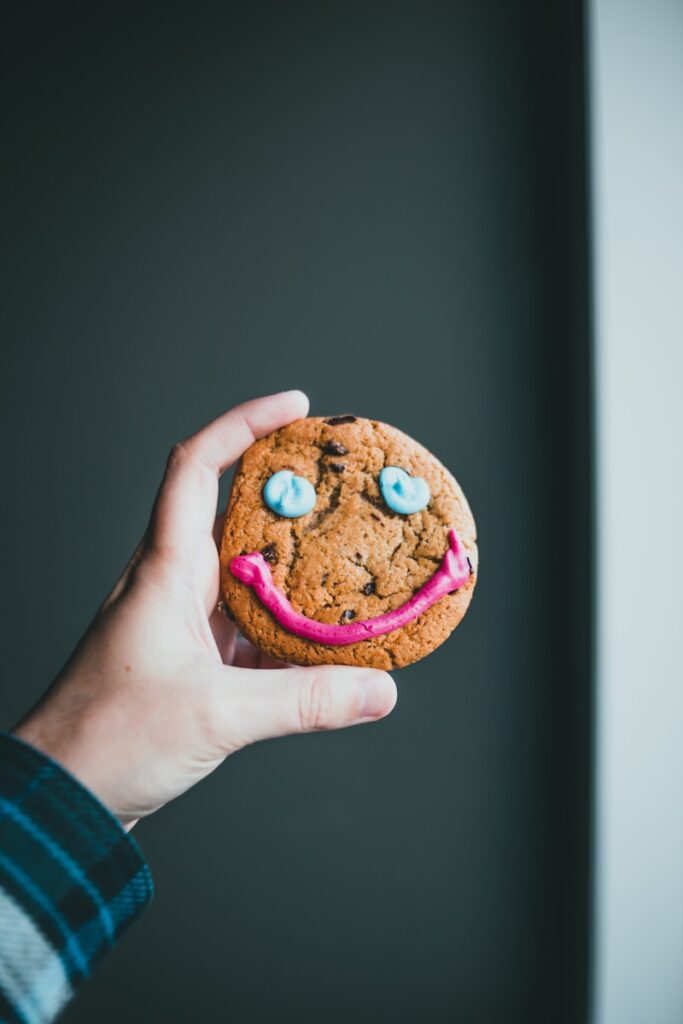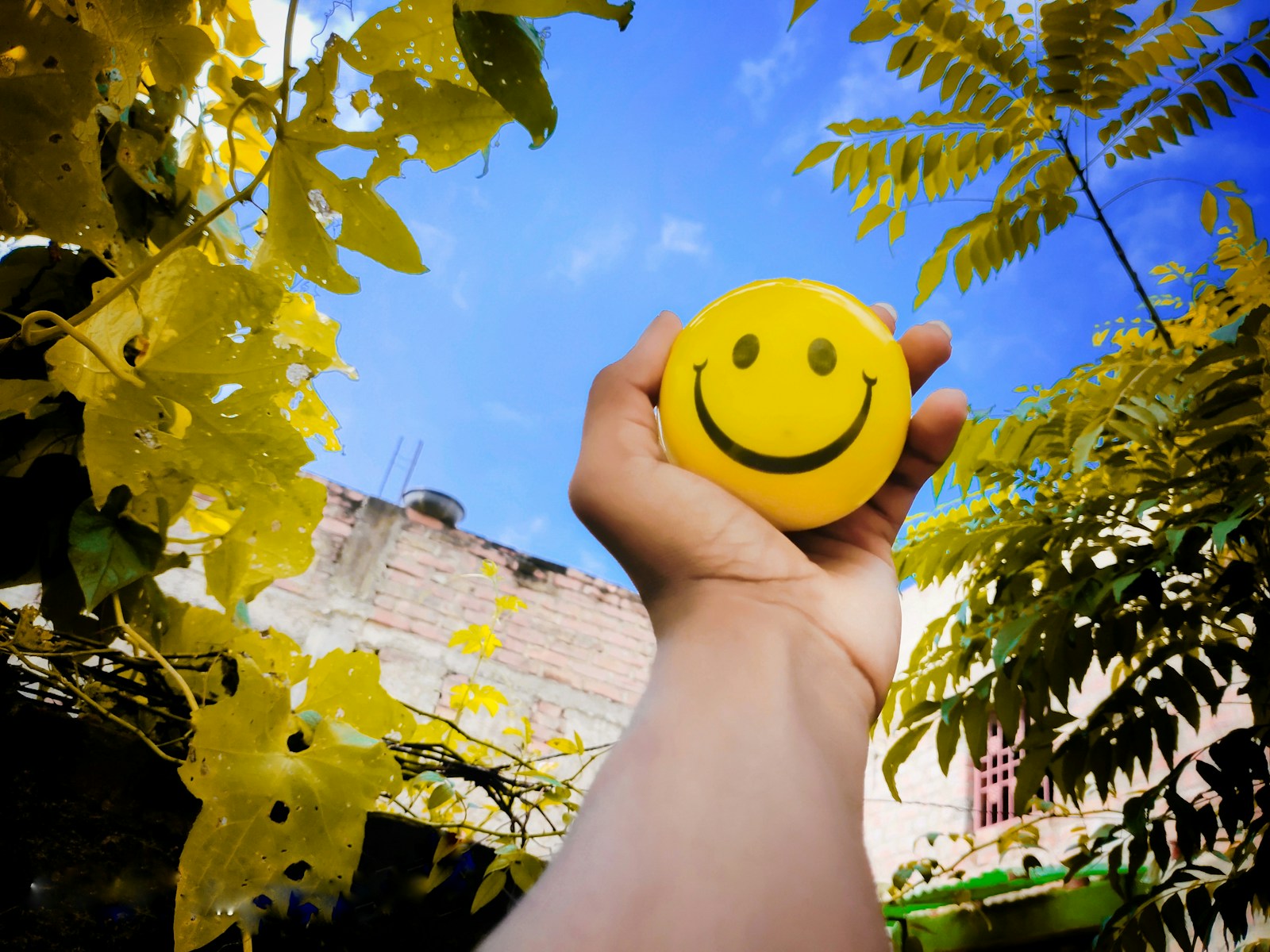How to Say ‘I Hope You Have a Beautiful Day’ in Spanish
Imagine starting your day with a warm, heartfelt message that instantly lifts your spirits. Now, picture that message in the romantic, melodic tones of Spanish. It’s like a gentle breeze whispering sweet nothings in your ear. When someone says, “Espero que tengas un día hermoso,” it’s more than just words—it’s a hug wrapped in syllables.
You might’ve felt the challenge of finding the perfect way to express your well-wishes in another language. It’s not just about translation; it’s about capturing the essence and emotion behind the words. Spanish, with its rich cultural world and expressive nuances, offers a beautiful way to convey your sentiments.
The Basics of “I Hope You Have a Beautiful Day” in Spanish
When you want to wish someone a beautiful day in Spanish, capturing the essence and emotion behind the phrase is essential. Let’s break it down to make it easy and relatable.
Translation: “Espero que tengas un hermoso día”
The translation of “I hope you have a beautiful day” in Spanish can be informal or formal:
Word-by-Word Breakdown
Understanding each part helps you grasp the full meaning:
Pronunciation Guide for Beginners
Pronouncing Spanish words correctly can make your sentiment sound more genuine. Here’s a quick guide to getting it right:
Vowels:
Consonants:
Common Variations and Alternatives
There are other ways to wish someone a beautiful day in Spanish:
Cultural Importance in Spanish-speaking World
Expressing well-wishes warmly and sincerely is important in Spanish-speaking cultures. A phrase like Espero que tengas un hermoso día can create a connection, showing genuine care. Rituals like exchanging pleasantries and blessings are common, enhancing relationships. Using such phrases can offer a small but meaningful way to show you value their cultural expressions.
Mastering the Use of “Have a Beautiful Day” in Spanish

Why learn how to say “Have a beautiful day” in Spanish? It’s more than just a translation; it’s a bridge to connect emotionally with Spanish-speaking friends or colleagues. Whether you’re in a formal meeting or chatting with a neighbor, expressing well-wishes authentically in Spanish can create moments of genuine human connection. Let’s jump into the ideal scenarios for using this phrase and how it varies from morning to evening, formal to casual.
Ideal Scenarios for Using This Phrase
Using “Que tengas un bonito día” in daily conversations can brighten someone’s day. Imagine closing an email to a client with “Espero que tenga un hermoso día” or waving goodbye to a friend while saying “Que tengas un día genial!”. Each scenario has its perfect match in Spanish, making your interactions more heartfelt and genuine.
Time-of-Day Adaptations
It’s not just about what you say but when you say it. Let’s see how these lovely phrases adapt to different times of the day.
Morning: “Que tengas un hermoso día”
Wishing someone “Que tengas un hermoso día” in the morning sets a positive tone. Picture pouring your morning coffee and greeting your colleague with this phrase, instantly adding warmth to their day.
Evening: “Que pases una hermosa noche”
At the end of the day, “Que pases una hermosa noche” is ideal. Whether you’re leaving a gathering, or saying goodnight to a loved one, this phrase extends your well-wishes into the night.
Formal vs. Casual Usage
Formal: “Espero que tenga un hermoso día”
In formal settings, “Espero que tenga un hermoso día” works best. Use this in professional contexts, with superiors, or when politeness is crucial. It shows respect and consideration, making your communication more effective.
Casual: “Que tengas un día genial”
For more relaxed interactions, “Que tengas un día genial” hits the spot. Whether you’re texting a friend or saying goodbye after lunch, it’s casual yet warm, perfect for everyday use.
English Phrase | Spanish Phrase | Context |
|---|---|---|
Have a beautiful day | Que tengas un bonito día | General |
I hope you have a beautiful day | Espero que tenga un hermoso día | Formal |
Have a great day | Que tengas un día genial | Casual |
Have a beautiful day (morning) | Que tengas un hermoso día | Morning |
Have a beautiful night | Que pases una hermosa noche | Evening |
By mastering these expressions, you’re not just learning words; you’re embracing a culture and making your interactions more meaningful. So next time you’re saying your daily goodbyes, try using these phrases and see how they add a little extra sunshine to someone’s day.
Expanding Your Spanish Greeting Repertoire
To truly embrace the art of Spanish greetings, you’ve got to step up your game. Learning a few essential phrases can make all the difference in your interactions. Imagine the joy of brightening someone’s day with just the right words!
Essential Spanish Greetings and Well-Wishes
A good starting point is common greetings and well-wishes. Whether you’re a beginner or need a refresher, here are some essentials to add to your toolkit.
These phrases are great for daily conversations. They not only show respect but also promote friendliness. For example, saying “Buenos días” with a smile sets a positive tone for any interaction.
Combining “Beautiful Day” with Other Phrases
Why stop at basic greetings? Combining “beautiful day” with other expressions can add a personal touch that stands out.
“Que Tengas un Hermoso y Productivo Día”
When you wish someone a “Que tengas un hermoso y productivo día” (Have a beautiful and productive day), you’re not just wishing them well. You’re also hoping for their success and happiness. This phrase is ideal for colleagues before a busy workday.
“Espero que Disfrutes de un Día Maravilloso”
Use “Espero que disfrutes de un día maravilloso” (I hope you enjoy a wonderful day) to convey heartfelt wishes. Perfect for friends or loved ones, this phrase can turn a simple greeting into a touching expression of care.
Non-Verbal Cues in Spanish Greetings
Communication in Spanish isn’t just about words. Non-verbal cues play a big role too. A warm smile, a firm handshake, or even a light hug can enhance your verbal greeting, making it more impactful.
Gesture | Meaning | Usage Context |
|---|---|---|
Smile | Warmth and friendliness | Any social or professional setting |
Handshake | Respect and professionalism | Formal meetings or introductions |
Light Hug | Affection and closeness | Informal gatherings, close friends |
Cheek Kiss | Greeting among friends or family | Social gatherings or family events |
Consider these non-verbal cues as the spice to your spoken words. When you combine a heartfelt “Espero que disfrutes de un día maravilloso” with a warm smile, it can truly resonate with the recipient.
By expanding your Spanish greeting repertoire, you’ll make your interactions more meaningful and culturally enriched. Whether you’re using verbal or non-verbal cues, remember your efforts to connect genuinely will always be appreciated.
Cultural Impact of Positive Greetings in Spanish-Speaking Countries

Understanding the cultural impact of greetings in Spanish-speaking countries helps you appreciate the depth and warmth of Hispanic interactions. Spanish greetings reflect important cultural values that go beyond simple pleasantries.
The Role of Warmth in Hispanic Cultures
Warmth is a cornerstone of greetings in Hispanic cultures. You might notice that people often kiss both cheeks when saying hello. This isn’t just an act; it’s a demonstration of genuine warmth and affection. Starting on the left cheek, a double kiss, especially among women, shows you the closeness that people value. Men also kiss women when greeting, but they’re less likely to kiss other men. This subtle difference underscores the unique social norms you’ll encounter.
Examples in Different Contexts:
Think about it—doesn’t this make interactions richer and more meaningful?
How Greetings Mirror Societal Values
In Hispanic societies, greetings mirror values like respect, familiarity, and warmth. You may notice the use of formal titles like Señor (Mr.) and Señora (Ms.). Such titles reflect respect, made evident by the language itself.
Greetings and Expressions:
Formality in greetings isn’t just about being polite; it connects to deeper values.
Influence on Social and Business Relationships
Warm greetings play a huge role in building relationships, whether in social or business contexts. Imagine you’re in a business meeting; the warmth in a simple Hola, cómo estás? (Hello, how are you?) can set a positive tone. Physical gestures like handshakes often accompany greetings, further cementing professional bonds.
Context | Greeting Phrase | Physical Gesture |
|---|---|---|
Social | Hola, cómo estás? | Hug or kiss on the cheek |
Business | Buenos días, me llamo [Your Name] | Firm handshake |
Reflect on how these greetings can transform your interactions, making them not just functional but profoundly personal.
Engaging with these cultural nuances enhances your experience and creates lasting impressions. By adopting these greeting customs, you’re not just speaking the language; you’re embracing the culture.
Beyond “Beautiful Day”: Advanced Spanish Expressions
Ever felt like you’re saying the same thing every day? Let’s jump into some advanced Spanish expressions, perfect for elevating your language skills and making your greetings stand out.
Idiomatic Well-Wishes in Spanish
Why stick to basics? Spanish offers rich, idiomatic expressions to wish someone a wonderful day.
Imagine you’re sending your friend off to a job interview. Saying “¡Que te vaya bien!” shows you care about the overall outcome, not just the event.
Regional Variations Across Spanish-speaking Countries
You’ll find diverse expressions depending on where you are. In Mexico, friends might say “¡Que tengas un chido día!” (Have a cool day!), while in Argentina, you might hear “¡Que tengas un buen día, boludo!” (colloquial and affectionate).
Country | Common Expression |
|---|---|
Mexico | ¡Que tengas un chido día! |
Argentina | ¡Que tengas un buen día, boludo! |
Spain | ¡Que tengas un día genial! |
Colombia | ¡Que te vaya súper bien! |
Tips for Natural Usage of Advanced Phrases
Worried about sounding robotic? Use these phrases naturally:
- Match the Context: Use formal phrases like ¡Mis mejores deseos! in professional settings.
- Know Your Audience: Familiarize yourself with regional differences to avoid confusion.
- Practice: Consistency helps. Incorporate these expressions into daily conversations.
Next time you’re with a Spanish-speaking friend, mix it up with “¡Que te vaya súper bien!“. It’s a small change that shows you’re putting in the effort to connect on a deeper level.
Spice up your conversations and see how these advanced expressions can strengthen your relationships. Why just learn a language when you can live it?
Common Mistakes to Avoid

Learning a new language is a fun journey, but it’s easy to trip up on certain phrases. Let’s jump into some pitfalls you might face when saying “I hope you have a beautiful day” in Spanish.
False Friends
False friends are words that look similar between languages but have different meanings. Avoid these:
English Word | False Friend (Spanish) | Correct Usage |
|---|---|---|
Embarrassed | Embarazado (pregnant) | Espero |
Ridiculous | Ridiculoso | Ridículo |
Using embarazado instead of espero might leave your listener very confused. Ridiculoso isn’t a word; stick with ridículo.
Verb Tenses
Consistency in verb tenses keeps your message clear. For our phrase, use:
Both should be in the same tense to make sense. Mixing them up can muddle your message.
Pronouns and Articles
Pronouns and articles change meaning:
Using incorrect articles or pronouns might make your sentence sound awkward.
Word Order
Word order in Spanish differs from English. Our sentence should be:
Not maintaining the correct order can make it hard to understand.
Idiomatic Expressions
Idiomatic expressions can add flair to your language. But, use them correctly:
Implementing idioms without knowing their accurate meaning can lead to misunderstandings.
Remember, practice makes perfect. Familiarize yourself with these concepts to smooth out your Spanish conversations.
Conclusion: Embracing Spanish Language Positivity
Learning how to wish someone a beautiful day in Spanish opens doors to deeper connections and cultural understanding. By mastering these expressions and avoiding common pitfalls you’re not just improving your language skills but also showing respect and appreciation for Spanish-speaking communities.
Don’t be afraid to practice and make mistakes; it’s all part of the learning process. The more you immerse yourself in the language the more natural it will feel. So go ahead and sprinkle some positivity into your conversations and watch how it brightens someone’s day. ¡Que tengas un día hermoso!
Frequently Asked Questions
What is the cultural significance of greetings in Spanish-speaking countries?
Greetings in Spanish-speaking cultures often reflect familial love and respect. This can include gestures like double cheek kisses and the use of formal titles.
What are some advanced Spanish expressions for greetings?
Advanced expressions for greetings include “¡Que te vaya bien!” which translates to “Have a good one!” These phrases are commonly used to convey well-wishes.
How do greetings vary between different Spanish-speaking countries?
In Mexico, a common greeting might be “¿Cómo estás?” whereas in Argentina, you might hear “¿Cómo andás?” Regional variations exist and show how language adapts culturally.
What are common mistakes to avoid when expressing well-wishes in Spanish?
One common mistake is using false friends like “embarazado” (pregnant) instead of “espero” (I hope). Other issues include incorrect verb tenses, pronouns, articles, and word order.
What does “¿Qué te pasa?” mean?
“¿Qué te pasa?” translates to “What’s the matter with you?” This phrase is used to inquire about someone’s problem or concern.
How do you say “Have a beautiful day!” in Spanish?
“Have a beautiful day!” in Spanish is “¡Que tengas un hermoso día!”
How do you ask “How’s your day?” in Spanish?
You can ask “How’s your day?” in Spanish by saying “¿Cómo va el día?” or “¿Qué tal tu día?”






